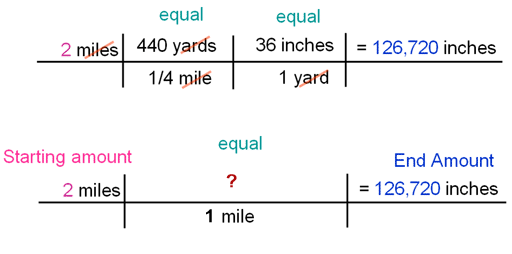 With compounds, you find the mass of a particular element and divide it by the mass of the whole compound. So if you wanted to know the percent composition of oxygen in water, you would take the mass of oxygen and divide it by the mass of water.
With compounds, you find the mass of a particular element and divide it by the mass of the whole compound. So if you wanted to know the percent composition of oxygen in water, you would take the mass of oxygen and divide it by the mass of water. We practiced some basics and the students began a paper forensics investigation that is using percent composition to determine which passengers in a plane crash are which, which passenger is responsible for the plane crash, and more.











